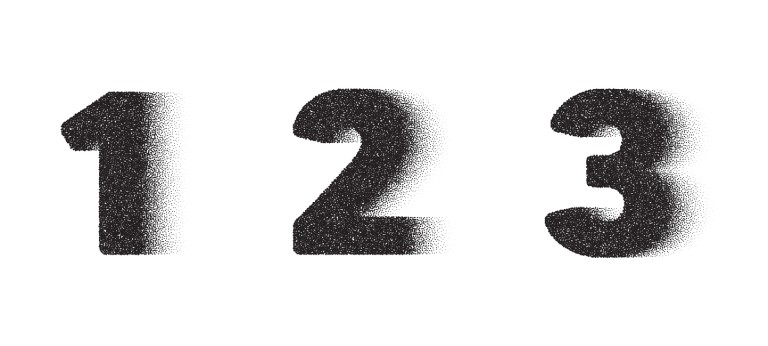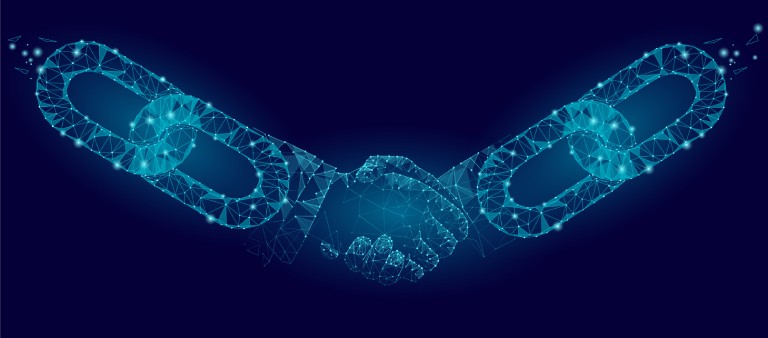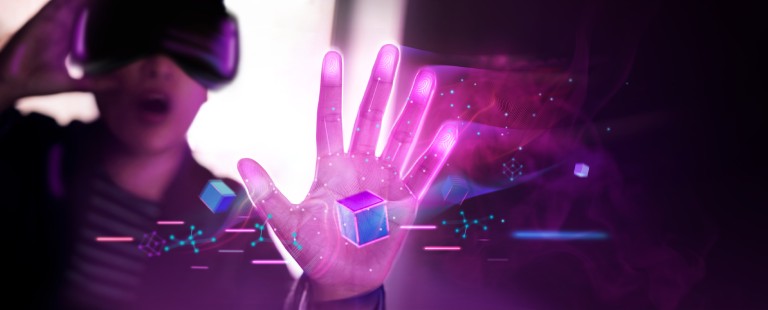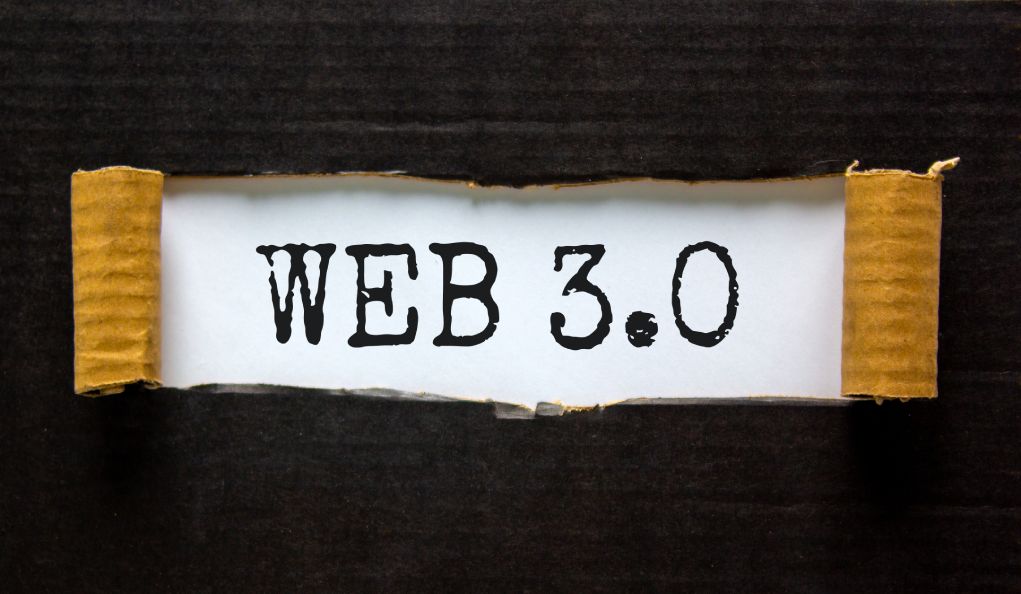The epic evolution of the internet began decades ago. However, thanks to the development speed of new generation technologies, this evolution has now been replaced by a series of revolutions. The Web 1.0 journey that kicked off in the 80s has evolved in less than a decade and turned the world into a marketplace intertwined with social media. The internet environment, which has always been active in every aspect from the communication of people to the dynamism of the communication network, has transformed into the Web 2.0, which is today’s internet.
Today, we will break down to you the Web 3.0, which invites all the internet users, and even those who do not use the internet, to a completely different lifestyle with its arrival. One of the most important things you should know is that in order to understand the Web 3.0, which has led to a tremendous change and transformation, you should first know about the Web 1.0 and 2.0.
But don’t worry! You’ll learn all you need to know about the history of the Web after reading this article. In this way, you’ll become one of the agents of the Web 3.0 revolution that awaits you in the near future with a good grasp of the technologies behind it. So safety first; buckle up and get ready to learn about the history of the Web and the eternal future it offers!
The period before the Web 3.0

The internet was almost an unimaginable concept when it first emerged. Reaching people or accessing data through websites in a virtual environment seemed like a sci-fi movie script back then. But unflinching tech experts and enthusiasts coded their way to eliminate biases, and eventually, the internet entered everyone’s life.
The Web 1.0 Era
The first phase of the internet use is generally called the Web 1.0 era. The most distinguishing feature of this era is that it made it possible to visit the pages that could be accessed with links and see the data flow in those pages. In other words, there was an order in which sharing and receiving took place one-sidedly, which means content sharers and receivers used separate features.
A text, a photo or an image was added to the link by the site administrator, and users could access this link via computers and see the data there. A rather simple and passive usage cycle was prevalent. The static structure of this usage method could not create the necessary basis for active communication between the site administration and the user. So users could neither share or comment on the existing content, nor have an opportunity to talk about the changes they wanted to happen. As you can see, the Web 1.0 was actually a one-sided vision of information.
The Web 2.0 Era
With the onset of the millennium, we witnessed that the advancements in the internet shifted into a different direction. This shift constituted an extremely productive step in terms of active internet use. This era of systemic transformation, in which active communication between the site administration and the user was rendered possible, is called the Web 2.0.
The second period of the web transformation is actually an evolution that laid the foundations of all the social media platforms we use today and the world’s communication and virtual world giants. This evolution has shaped today’s communication codes. The beginning of this evolution, which has largely affected our current daily practices, was made possible by the access of different mobile devices to the internet environment and the users’ becoming stakeholders in content production.
Information sharing, which was one-sided in the first period of internet usage, became user-oriented with the start of the second period. In other words, in all social media platforms, websites and online addresses used today, the content is actually produced by the users. The existence of a user group that produces and uses its own content has been realized thanks to the Web 2.0 transformation. Facebook, Instagram, Pinterest, TikTok and many more… Each of them is a social media platform that owes its existence to the information and data flow of its users.
The Birth of Web 3.0
The changes in Web 1.0 and Web 2.0 were based on the user’s status as an active or passive agent in the platforms. But it is obvious that technological advancements do always lead to incredible transformations. Regardless of those who say, “The world is already at our fingertips, what is there left to ask?” the Web continues to change without slowing down. After all the historical background, it’s time to talk about the revolutionary development that we’re really excited about!
Web 3.0 is one of the most original scenarios that is expected to completely change today’s internet usage and future Web habits. Take your place in this phase of change that promises to use today’s active but guided internet network in an individual and unique concept!
You are at the right place if you want to master all the necessary details about this system and be up-to-date when you become a user of Web 3.0. Here’s everything you need to know about Web 3.0 as an internet and social network user!
What is Web 3.0? How does it work?

Web 3.0, which is planned to be based on a decentralized system of web use and designed with a “peer-to-peer” understanding, is actually the name of a transformation where people can create their own networks and internet use is not managed by the system administration.
The main feature of today’s internet network is providing an active communication between users and administrations that provide data flow. This communication is also supported on platforms where the data and products presented are created by users. In other words, Web 2.0 actually brings users into existence.
In Web 3.0, any user will be able to directly transfer their texts, contents or images to the channel or community they wish to convey, without any intermediary. The management mechanism of the system we use today includes a centralized concept. However, the Web 3.0 revolution envisions and promises an internet environment where the control of usage is only in the hands of the user.
In this world, if you have a social media account or are a member of any virtual media, you have the liberty to act freely within the limits of the policies of that medium and the authority given to you. In Web 2.0, all the platforms where you find an opportunity to express yourself is actually monopolized by others and you lose all communication once they shut down the platform. Unlike this, Web 3.0 ensures that the user has a unique environment where s/he will be the only one in control.
Features and Innovations of Web 3.0
The simplest way to describe Web 3.0 is to call it “personalized internet”. Today, when you pick up your phone, you type whatever you are looking for in the browser to access any information. Then the browser sorts for you what it thinks is relevant to your search, and also records what you are looking for. With Web 3.0, this centralized system and intermediary institutions will disappear.
The social media platforms, virtual media, pages or sites you are a member of are actually connected to a centralized system driver and servers. All the information you enter for each membership process is collected in this center and a dataset is created. The personal data scandals we hear from time to time do actually occur when this data is sold.
In Web 3.0, your data and contents are not recorded in any centralized system or are not stored by anyone. In this way, Web 3.0 actually provides you with a platform where security principles are applied at full capacity on the internet.
Differences Between Web 2.0 and Web 3.0
In the Web 2.0 model, information flow and data entry processes are managed with a centralized structure. In other words, you are checked by a centralized system for the approval of your memberships and every move you make on the pages that you think belong to you.
The information you provide in your social media accounts or in the subscription processes is also collected and stored in this central structure. You can only access all those pages, sites and subscriptions that you think are yours only if the administration mechanism allows.
The Web 3.0 concept, on the other hand, is a design that aims to render internet usage and management completely in your hands, without being under the control of any central system. In this system, even apps are called “D’App”s, which stands for decentralized applications.
The use of Web 3.0, where all internet tools, including websites, social profiles, virtual production tools and apps operate with independent modeling, is approaching us at full speed for the creation of a new generation original internet environment and the development of higher variations!
Examples of Web 3.0
Even if the world’s giants seem to have taken over the entire system in internet usage, the first signs of the Web 3.0 model have started to be seen. The complex channels that allow for user ownership for content such as cryptocurrencies and NFTs are among the most important indicators of the approaching Web 3.0.
These channels, which enable peer-to-peer transfer of original contents without taking orders from any center, without being blocked, excluded or oppressed by the system, or without data storage, are the harbingers of the Web 3.0 usage of the future.
Web 3.0 – Metaverse Relationship

As you know, Metaverse is among the most popular technology terms recently. The concept of Metaverse means a universe where a 3D world can be established online with the convergence of the real life and virtual life.
This universe will enable everything that happens in the real world to be experienced in virtual reality, thanks to the generation and use of objects in the online environment. Many things we do or experience in real life such as travel, observation, entertainment and production will soon enter our lives in the virtual world.
Web 3.0 actually forms the basis of Metaverse and similar virtual reality designs. The management capability of today’s internet network is in the hands of only a few large investors and their affiliates. The unique use of space that Web 3.0 gives us will add a brand new feature to the Metaverse. Thanks to the Metaverse designs that give management and ownership capabilities to the user, it will be possible to build a virtual world without the control of another center or the influence of algorithms!
When will Web 3.0 be released?
Every development since the invention of the internet was actually a part of a time-dependent evolution. In every phase, a more advanced environment was created with the aim of addressing more people with more user participation. Just as with the Web 1.0 and 2.0 transformation, change is somewhat dependent on time and participation. Nevertheless, the use of Web 3.0 is described as a revolution rather than an evolution among all the changes and developments made for the internet environment so far, and the date of the transformation is much closer than you think!
As a matter of fact, Web 3.0 has already taken the first steps to enter our lives. One of the leading examples of the Web 3.0 model is cryptocurrencies, which affect all the stock markets, investments and future plans while causing fluctuations in financial markets. So, any data created with the 3.0 model is currently enough to upset a functional area in real life.
In this article, we have tried to outline the historical background and the possible future of Web 3.0 and give answers to all the questions that might be in your mind about the concept, which should be closely followed by the internet community and every internet user . As a final word, we recommend you to step into the world of digital finance in order to keep up with the latest developments in Web 3.0. Now all the advantages in financial services, as in all areas of life, are available online!
Ozan SuperApp provides a great variety of quality services that enable you to transfer money 24/7 and perform all your transactions from games to digital services while increasing your Cashback earnings! Download Ozan SuperApp now and jump into a new age in digital finance before the web world!
Ozan Business and SuperApp features, transaction limits, and campaigns may differ between countries.

